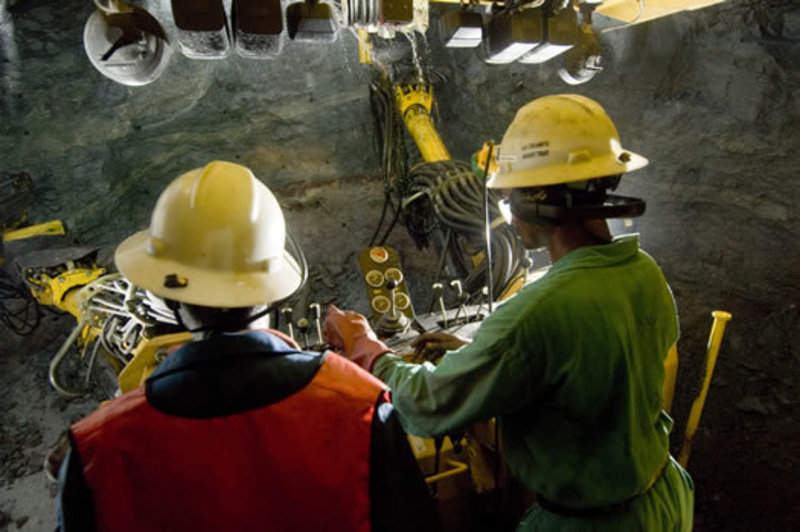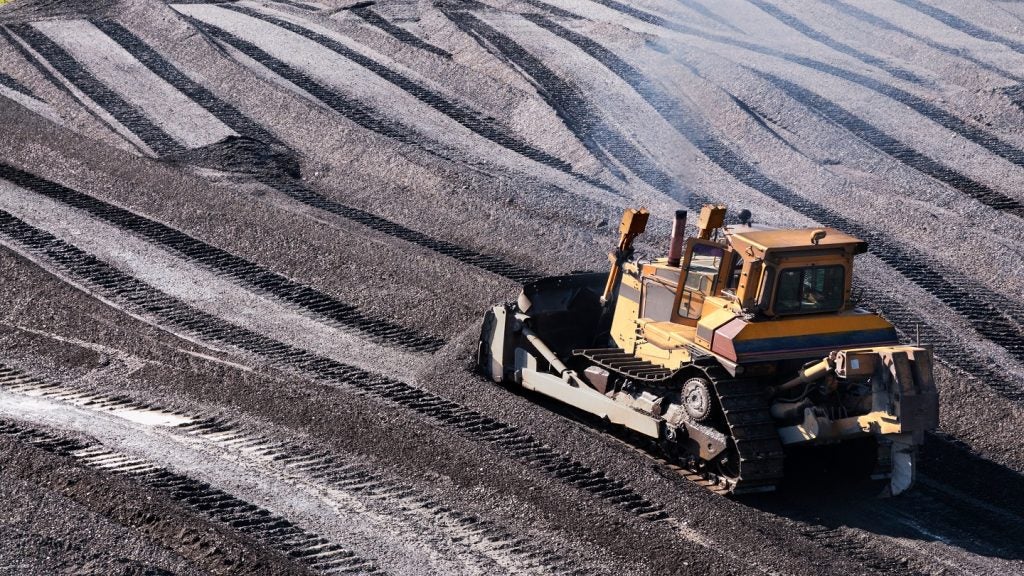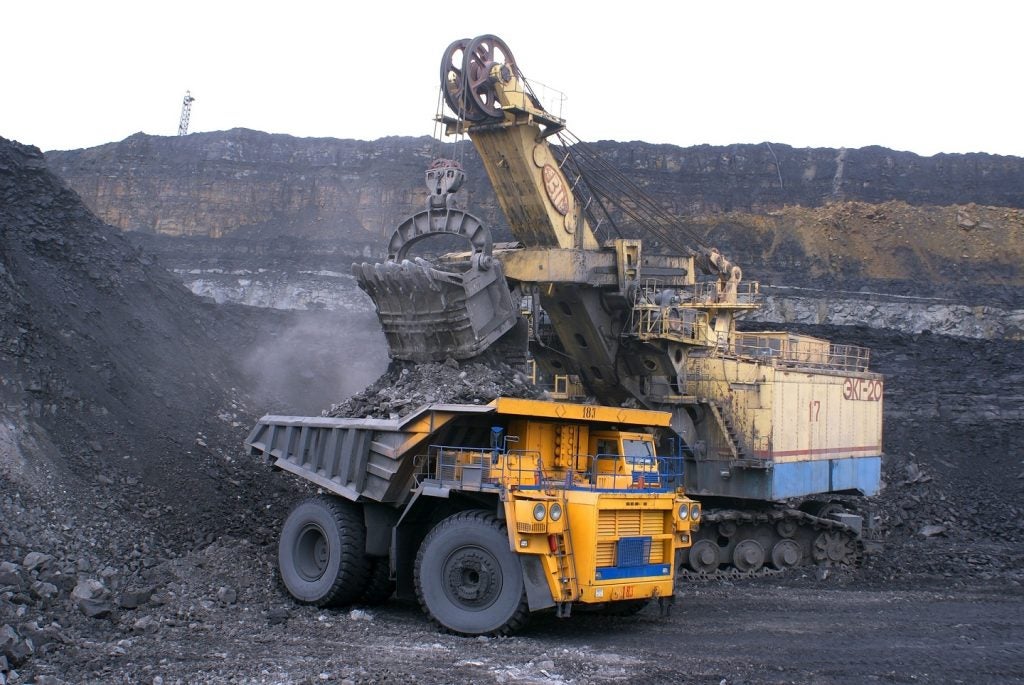
The mining sector is fraught with risk. For miners investing in a new or existing asset, there is always a laundry list of potential liabilities to consider in the due diligence process, from fluctuations in commodity prices to supply chain disputes or disagreements with the all-important host nation. A prominent example of the latter is Senegal’s case against ArcelorMittal in 2013 over the company’s alleged failure to keep its commitments related to an iron ore project in the country. The case was settled in Senegal’s favour after an arbitration in Paris.
No matter how carefully mining firms risk-assess their investment decisions and commercial agreements, disagreements rear their heads frequently enough that most commercial contracts include specific clauses related to resolving future disputes.
International arbitration – which, as in the Senegalese case above, involves bringing the aggrieved parties together at a predetermined seat and coming to a resolution that is binding in most courts around the world – is a common route for dispute resolution in the mining sector and elsewhere, partly because the process is more private than pushing litigation through the courts but still produces a binding and enforceable decision.
Adrian Jones is a partner at multinational law firm Faegre Drinker Biddle & Reath, and specialises in representing clients from the mining and metals sectors, among others, at international arbitrations. Here, he discusses the recurring causes of mining disputes and the means by which they tend to be resolved.
Chris Lo (CL): Could you give me an idea of the volume of disputes that are taking place in the mining sector?
Adrian Jones (AJ): The mining sector has been one of the main users of international arbitration in recent years. The industry has complex, capital-intensive, long-term international transactions which are vulnerable to a wide range of business, political and economic risks. This can lead to complex disputes for which international arbitration is uniquely suited.
The figures for most arbitrations are not public. However, some of the major arbitral institutions, such as the LCIA [London Court of International Arbitration], publish data by sector and show a significant number of natural resource sector arbitrations.
How well do you really know your competitors?
Access the most comprehensive Company Profiles on the market, powered by GlobalData. Save hours of research. Gain competitive edge.

Thank you!
Your download email will arrive shortly
Not ready to buy yet? Download a free sample
We are confident about the unique quality of our Company Profiles. However, we want you to make the most beneficial decision for your business, so we offer a free sample that you can download by submitting the below form
By GlobalDataCL: Do disagreements between mining companies and their host countries drive a large proportion of the disputes we see in the mining industry?
AJ: Measured by value, probably, yes. There have been a number of high-profile treaty disputes between mining companies and host states in recent years and significant monetary awards have been made in favour of investors. However, a large number of commercial disputes are referred to arbitration, for example, between joint venture partners, between off-takers and mining companies, or between suppliers and mining companies.
Disputes can, for example, be in relation to aspects of contracts including pricing, quality, supply, hardship, profit-sharing, transport and royalties. These disputes sometimes originate from shifts in economic conditions or volatility in commodity prices causing tension between mining companies and their contractual counterparties.
CL: When a dispute arises, what are the factors that might influence the avenue for resolving it, between arbitration, mediation and litigation?
AJ: Generally, the choice is made at the time of signing the contract. Companies should always have a binding dispute resolution provision in their contracts providing for litigation or arbitration. If the parties have agreed to arbitration in a contract, they will be held to it. Of course, parties may at any stage in a dispute attempt to resolve it by trying to reach agreement in a non-binding mediation.
CL: Do modern mining contracts and commercial agreements tend to cover the possibility of disputes in great detail?
AJ: Mining is a sector where parties are conscious of the risk of a dispute arising and modern mining contracts usually contain effective dispute resolution clauses. However, there are pitfalls and effectiveness should be checked, particularly if the dispute resolution clause is complex or bespoke.
CL: How does international arbitration work? Which legal jurisdictions tend to be used in international arbitrations?
AJ: International arbitration is a choice by the parties to have confidential, final and binding dispute resolution by specialist arbitrators, distinct from the courts of any particular jurisdiction. The process has a degree of flexibility to suit mining companies needs and they may choose arbitrators with relevant expertise in the mining sector. The resulting award may be enforced in the courts of most countries.
London is a preferred ‘seat’ [legal place] for arbitrations, although there are other ‘arbitration-friendly’ jurisdictions. International commercial parties frequently contract subject to English law because it gives commercial certainty. State companies and states generally require their contracts to be governed by local law but sometimes agree to international arbitration in a different country.
CL: When you speak to clients and prospective clients in the mining industry, what legal risks do they tend to be particularly concerned about?
AJ: The key concerns we are hearing about from a disputes perspective centre around regulatory and political risk.
CL: To what extent does resource nationalism pose an ongoing legal risk for mining investors?
AJ: Yes, it is certainly on the radar for mining companies and continues to form a very important part of the risk landscape. Host states continue to seek a greater share of ‘resource rent’ by asserting control over national resources. One example of many is the recent measures in Tanzania. Generally, host state action can lead to environmental or fiscal regulatory changes, non-renewal of mining leases, local participation requirements and, in extreme cases, expropriation of the asset.
CL: Mining companies deal with sensitive political landscapes, complex supply chains and operations that are often in remote areas – how do these factors complicate the resolution of any disputes that may arise?
AJ: Yes, complex supply chains, remote locations, difficulty in getting to market all complicate disputes and may require specialist knowledge from the lawyers involved and specialist evidence from technical experts to resolve them.
CL: Are there particular landmark cases in the industry that have set the tone for the way arbitration and dispute resolution tends to be done?
AJ: There have been some big settlements between host states and mining companies. I am thinking of First Quantum and the DRC [Democratic Republic of Congo], and a number of other cases settling after the award has been made, such as Khan Resources and Mongolia. There have also been some big awards to mining companies, including some of the largest at ICSID [International Centre for Settlement of Investment Disputes], for example in Tethyan and Pakistan of almost $6bn. Both trends look set to continue.
CL: As the debate around climate change and mining companies’ environmental impacts continues, do you see disputes or litigation coming from activists and local communities increasing the future?
AJ: Local communities and groups form part of mining companies’ “social licence to operate”, which has become key to the viability of mining projects and that seems set to continue.
Mining companies do not, generally, have arbitration agreements with local communities and groups. As such, these groups usually bring any claims through the local courts.
Environmental and social issues are frequently raised as a defence by states to claims brought by mining companies. There have also been some instances where states have brought counter-claims for breaches of the mining companies’ environmental obligations and some investment treaties now provide for environmental and social protections.
CL: What are the expectations of mining clients when it comes to the performance of legal teams conducting these types of international arbitrations?
AJ: Mining companies are increasingly looking for specialist sector expertise in their legal teams. For very complex cases they are also looking for experience in managing large projects and teams of local lawyers, valuation professionals, technical experts, public relations specialists and political consultants. They also expect creativity in structuring and financing cases, including looking at funding cases through third parties – such as hedge funds – and alternative fee arrangements.







